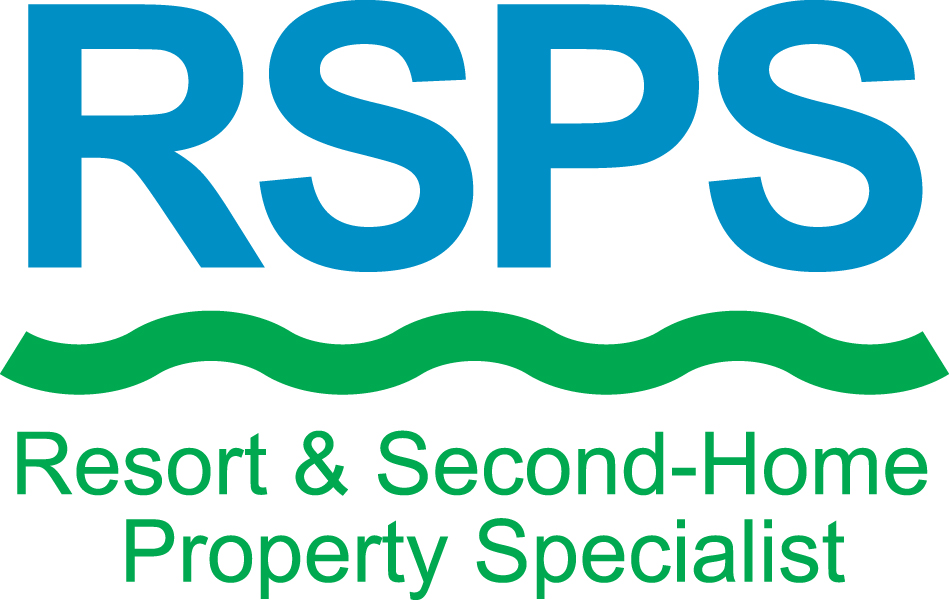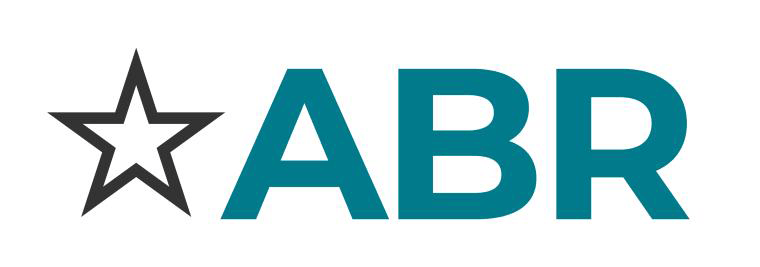Buying a home is an exciting milestone, but the total cost goes far beyond the listed price. Many buyers focus on securing a mortgage and negotiating a good deal, only to be caught off guard by the numerous expenses that come with ownership. From upfront costs to ongoing financial responsibilities, preparing for every aspect of homeownership ensures a smooth transition and long-term financial stability. Factoring in these expenses from the start helps prevent surprises and allows for a well-balanced budget that keeps both the home and finances in great shape.

Down Payment and Closing Costs
One of the largest upfront expenses is the down payment, which typically ranges from 3% to 20% of the home’s purchase price, depending on loan type and lender requirements. A larger down payment reduces monthly mortgage payments and may eliminate private mortgage insurance (PMI). Some government-backed loans, such as VA and USDA loans, allow qualified buyers to purchase with little or no down payment, but most buyers should expect to save a substantial sum before house hunting.
Closing costs are another significant expense, typically totaling 2% to 5% of the home’s price. These fees cover a variety of services, including loan origination, title insurance, appraisal, and attorney fees. Buyers should also budget for prepaid expenses like property taxes and homeowners’ insurance, which are often required upfront. In some cases, sellers may contribute to closing costs, but it’s essential to have funds set aside just in case.
Beyond these costs, buyers may need to pay for a home inspection before finalizing the deal. While not always required, an inspection can uncover hidden issues that might influence the purchase decision. Factoring in these upfront expenses ensures financial preparedness and a smooth closing process.
Mortgage Payments and Interest
The monthly mortgage payment is often the largest recurring expense of homeownership. This payment consists of principal and interest, with the amount varying based on the loan term, interest rate, and loan amount. Fixed-rate mortgages provide consistent payments over time, while adjustable-rate mortgages can fluctuate based on market conditions. Understanding how different loan structures affect long-term costs is crucial when choosing the right financing option.
Interest rates play a significant role in determining affordability. Even a small difference in interest rates can result in thousands of dollars in additional payments over the life of the loan. Shopping around for the best mortgage terms and improving credit scores before applying can lead to substantial savings. Some buyers choose to pay points upfront to secure a lower rate, which can be beneficial for long-term savings but requires more cash at closing.
Many lenders require escrow accounts for property taxes and homeowners’ insurance in addition to principal and interest. This means the monthly mortgage payment includes these costs, spreading them out over the year instead of requiring lump sum payments. Understanding the full breakdown of a mortgage payment ensures that buyers are financially prepared for ongoing commitments.
Property Taxes and Homeowners Insurance
Property taxes vary by location and can significantly impact the cost of owning a home. Local governments assess taxes based on the property’s value, which can change over time as real estate markets fluctuate. Some areas have higher tax rates, so it’s essential to research tax obligations before purchasing. While tax exemptions may be available for primary residences or certain groups, such as veterans or seniors, it’s important to understand how these taxes fit into the overall budget.
Homeowners insurance is another necessary expense that protects against damage from events like fires, storms, and theft. Lenders require coverage before approving a mortgage, ensuring the property remains protected. Premiums depend on factors like home value, location, and risk levels, such as flood zones or areas prone to wildfires. Additional coverage, such as flood or earthquake insurance, may be necessary in certain regions.
Both property taxes and insurance costs can increase over time, affecting the overall cost of homeownership. Reviewing tax assessments and insurance policies regularly helps homeowners stay informed and financially prepared for potential adjustments. Understanding these expenses upfront ensures they are accounted for in the home-buying budget.
Maintenance, Repairs, and Upkeep
Owning a home means maintaining and repairing it. Routine maintenance is essential for preserving a home’s value and preventing costly problems down the road. Common upkeep expenses include lawn care, HVAC servicing, pest control, and gutter cleaning. While some tasks can be handled independently, others require professional assistance, adding to ongoing costs.
Unexpected repairs can arise at any time, making it crucial to have an emergency fund. Roof leaks, plumbing issues, and HVAC failures often require immediate attention and can be expensive to fix. Home warranties offer some protection by covering specific appliances and systems, but they don’t eliminate all repair costs. Setting aside at least 1% to 3% of the home’s value annually for maintenance and repairs ensures financial preparedness for these expenses.
In addition to essential repairs, homeowners may want to upgrade or renovate their property over time. Whether remodeling a kitchen or replacing old flooring, these projects come with significant costs. Prioritizing repairs and improvements based on necessity and budget helps homeowners manage expenses without financial strain. Planning for maintenance and repairs ensures the home remains in good condition and avoids unexpected financial burdens.
Utilities and Homeowners Association Fees
Monthly utility bills are an essential part of homeownership, covering electricity, water, gas, internet, and trash collection. However, costs vary based on home size, location, and usage, so it’s important to estimate expenses before purchasing. Energy-efficient homes often have lower utility bills, while older properties may require upgrades to improve efficiency. Researching average utility costs in the area provides a realistic expectation of monthly expenses.
Some properties are part of homeowners associations (HOAs), which charge fees for community maintenance and amenities. HOA fees vary widely based on location, property type, and services offered. Gated communities, condominiums, and neighborhoods with shared amenities often have higher fees, covering landscaping, security, and recreational facilities. Understanding the benefits and costs of an HOA ensures buyers make informed decisions about their purchase.
Failure to pay HOA fees can result in penalties or legal action, making it crucial to factor them into the budget. Reviewing HOA rules and financial statements before buying provides insight into the association’s management and potential fee increases. Being aware of both utility costs and HOA fees ensures a comprehensive understanding of monthly expenses associated with the home.
Moving Costs and Personalization Expenses
The process of moving into a new home comes with its own set of costs. Hiring professional movers, renting a truck, or purchasing packing supplies can add up quickly. The distance of the move, amount of belongings, and level of service required all influence the total expense. Planning ahead and comparing moving options helps reduce costs and streamline the process.
Once settled, homeowners often incur additional expenses for personalizing the space. New furniture, window treatments, and decor are common purchases that contribute to making the house feel like home. Essential items, such as appliances and security systems, may also need to be replaced or upgraded. Budgeting for these expenses allows homeowners to create a comfortable living environment without financial strain.
Some buyers choose to tackle minor home improvement projects shortly after moving in. Painting, installing new fixtures, and upgrading landscaping are common tasks that enhance the home’s appeal. While these changes can be exciting, they should be planned within a reasonable budget to avoid overspending. Being prepared for moving and personalization costs ensures a smooth transition into homeownership.
Unexpected Costs and Financial Cushion
Even with careful planning, unexpected costs can arise at any time. Emergency repairs, sudden tax increases, and unforeseen expenses can put pressure on a homeowner’s budget. Having a financial cushion helps absorb these costs without causing financial hardship. Experts recommend maintaining an emergency fund with at least three to six months’ worth of living expenses, including mortgage payments, utilities, and essential repairs.
Rising interest rates can also be a potential cost for homeowners with adjustable-rate mortgages. If rates increase, monthly payments can rise significantly. Homeowners should be aware of their loan terms and consider refinancing options if necessary.
Planning for unexpected costs ensures long-term financial stability. A well-prepared homeowner can handle financial surprises without disruption, making homeownership a more secure and enjoyable experience.
Planning for a Secure and Confident Home Purchase
Understanding the full scope of homeownership expenses allows buyers to make well-informed financial decisions. Beyond the purchase price, budgeting for closing costs, mortgage payments, taxes, insurance, and ongoing maintenance ensures a smooth transition into ownership. Factoring in utility costs, HOA fees, and unexpected repairs prevents financial surprises and helps maintain long-term stability. Preparing for both planned and unforeseen expenses allows buyers to enjoy their new home with confidence.
When you’re ready to take the next step toward homeownership, reach out to discuss your options. Together, we can find the right property that fits your budget and lifestyle while ensuring you’re financially prepared for the journey ahead.







